The enigmatic Electra was offered to the airlines in two basic versions: 188A and 188C. The first and most popular model had a gross weight of 113,000 pounds and was the model of choice for the majority of domestic U. S. carriers. Engines were the Allison 501D-13 or -13A. The C-model airplane had a characteristically Lockheed increased gross weight of 116,000 pounds, a strategy remembered so well from the Constellation series of aircraft. Engine choice for this airframe was the 50ID-15 with its 300-shp (shaft horsepower) increase in power.
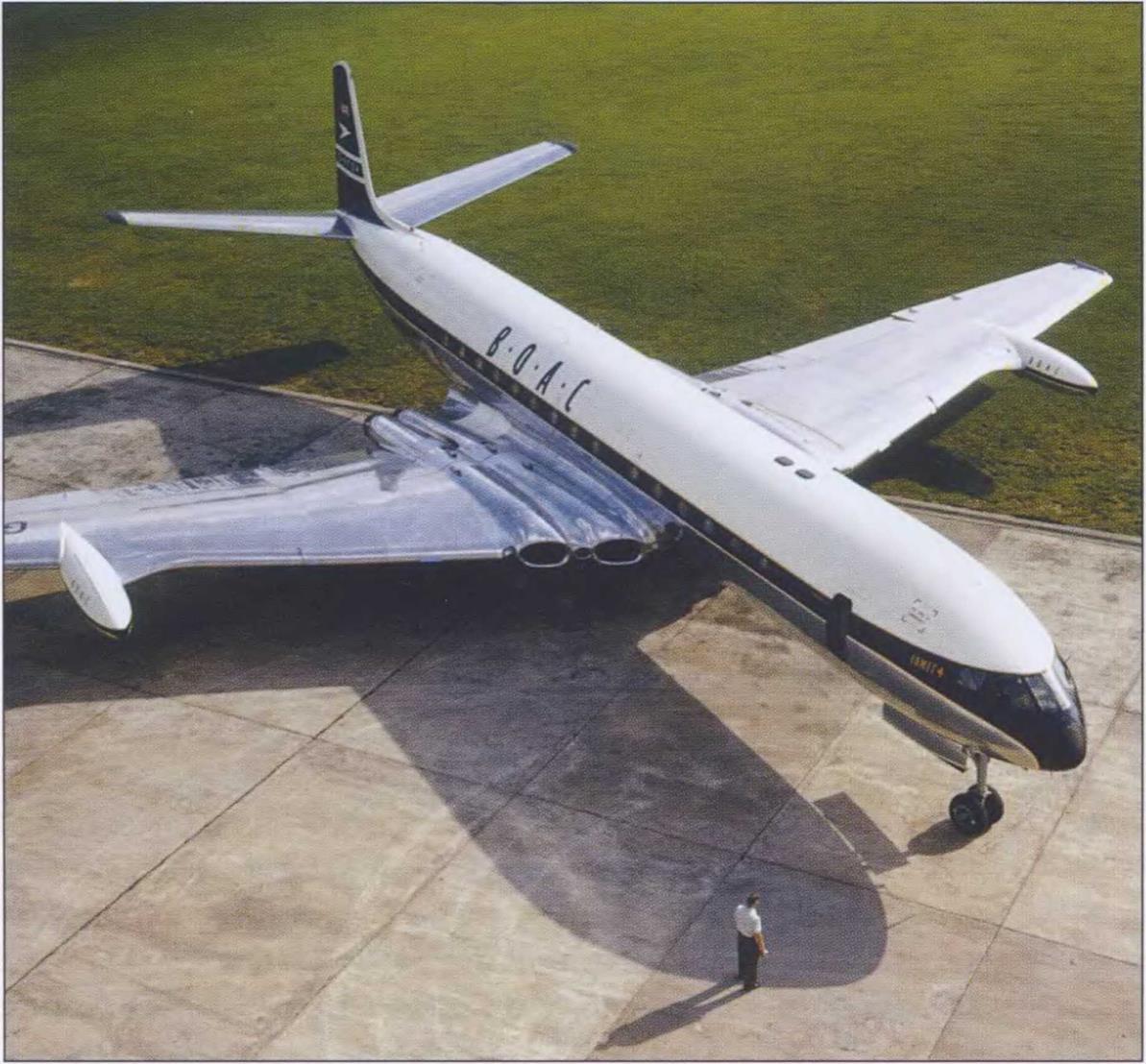 This extra power was used to lift an additional 1,100 gallons of fuel, which boosted the range of the Electra beyond its originally planned 2,500 miles, all the way to 3,460. The В designation was an unofficial tag used internally by Lockheed to denote the Electra with navigator stations and extra lavatories destined for use by the international airlines.
This extra power was used to lift an additional 1,100 gallons of fuel, which boosted the range of the Electra beyond its originally planned 2,500 miles, all the way to 3,460. The В designation was an unofficial tag used internally by Lockheed to denote the Electra with navigator stations and extra lavatories destined for use by the international airlines.
Passenger capacity for the Electra was normally 66 to 80, with a high-density version available to seat 98. Maximum speed clocked-in at 448 mph at 12,000 feet while normal cruise was listed as 373 mph. Two propeller choices were available also, with the Aeroproducts being the most common and recognizable on the Electra, or the Hamilton Standard design, which was easily identified by its bowed-out shape and rounded tips (these were the propellers chosen for the P-З series of aircraft for the U. S. Navy). KLM chose the Ham – Standards, as did Capital Airlines, although the Capital aircraft were never actually delivered to the airline, because it had been absorbed into United Air Lines.
A combined total of 170 aircraft were built, the last of which was delivered to Garuda of Indonesia on January 15, 1961. Electras remained in airline service worldwide through the 1980s, and served as freighters for yet another decade, proving the longevity, profitability, and ultimate success of America’s only four – engine turboprop airliner.
de Havilland Comet 4
When de Havilland’s original Comet 1 fell victim to the edict that “being first is sometimes not being best”
after a series of design-related accidents occurring shortly after it entered service in 1952, the commercial Jet Age found itself temporarily on hold. Canada’s Avro Jetliner was also unable to deliver the goods at that time (see Chapter 1 sidebar, “Avro Jetliner: The Other First Jet,” page 17), but a subsequent redesign of the DH-106 airframe resulted in a new, improved, and much safer aircraft with even better performance than its progenitor.
First and foremost was the new airplane’s modified fuselage construction and ovaloid-shaped windows to forever avoid the ravages of pressurization-induced metal fatigue that plagued the original design. Then, with 10,000-pound-thrust Rolls-Royce Avon 502 engines replacing the original airplane’s 5,000-pound- thrust Ghost turbojets, a totally new Comet was born. Along with a higher gross weight of 162,000 pounds and fuselage lengthened to 112 feet, the Comet 3 prototype more closely resembled the larger 78-passenger version of the original design initially ordered by Pan American. Further refinements such as the addition of two “slipper” auxiliary fuel tanks mounted on the wing outboard leading edges created the production Comet 4 series, which became the first truly intercontinental version of the proud British aircraft.
With a launch order for 19 Comet 4s placed in March 1955, BOAC marched steadily toward regaining the jet airliner crown, knowing full well that new competition from the recently announced Boeing 707 and Douglas DC-8 Jetliners in the United States was looming. As we now know, it was a BOAC Comet 4 that indeed beat the United States to the punch by inaugurating commercial jetliner service across the North Atlantic on October 4, 1958, two weeks before the first Pan Am 707 carried passengers on that route. With further uprated Rolls-Royce 524 engines, the Comet 4 possessed a range of 3,225 miles and found a host of new international airline customers in the process.
Further variants of the now-successful design included a lighter-weight, 101- passenger short-haul version called the Comet 4B, operated initially on inter – European routes by BEA. The “ultimate” Comet was the 4C model, with a further – stretched 118-foot fuselage length and 2,590-mile range. Comet 4s were flown by such diverse airlines as Mexicana, Aerolineas Argentinas, East African
Rising from the ashes of the ill-fated Comet 1, the Comet 4 beat Boeing’s 707 into transatlantic service by two weeks, flying for BOAC between London and New York. (BAE Systems)
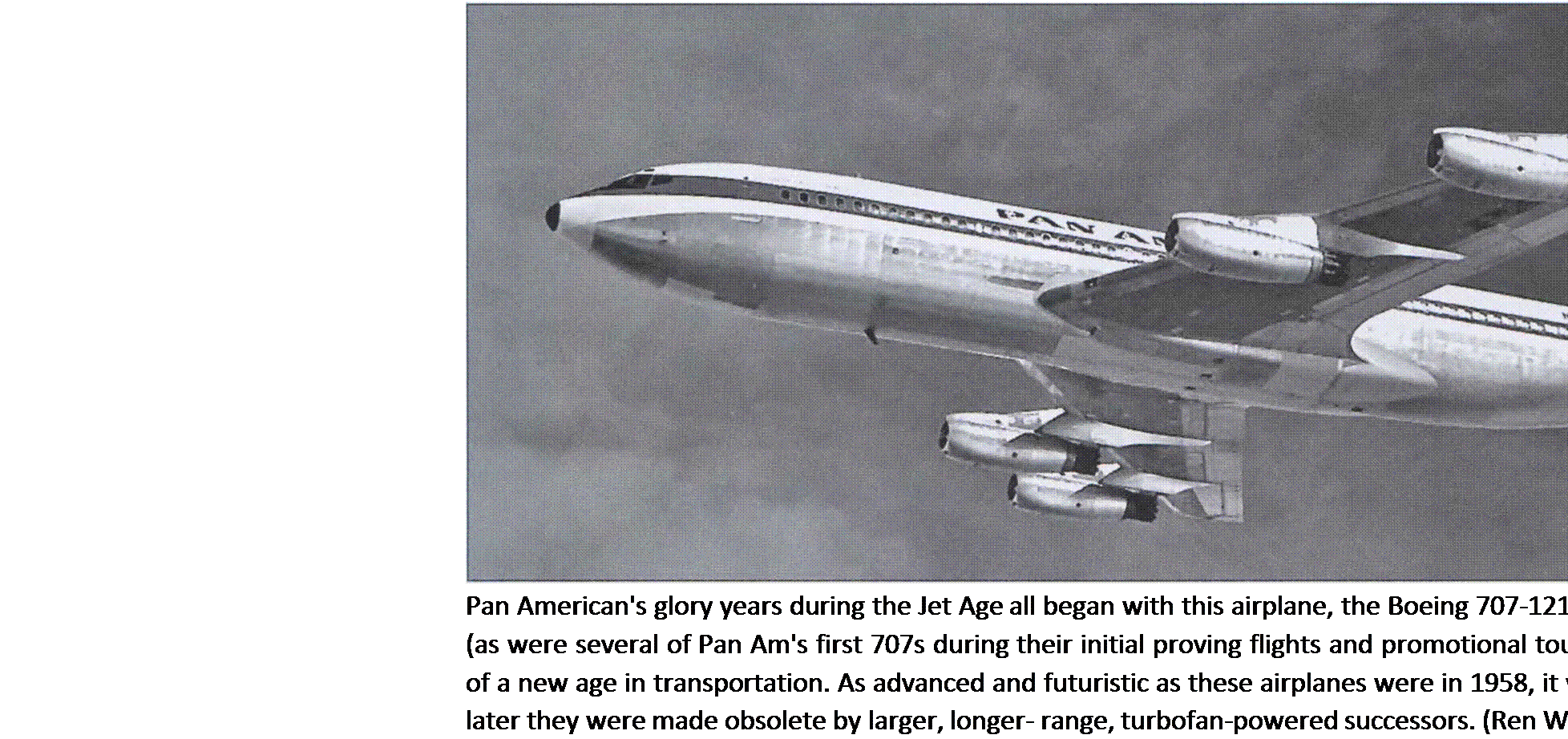
Airways, Malaysian, Kuwait, and Olympic, but the title of world’s final Comet operator went to charter carrier Dan-Air which had the distinction of being the only airline to fly all three models of the Comet 4 series.
Although the Comet’s last commercial passenger flight took place on November 9, 1980, the Nimrod, a larger maritime patrol version of the Comet 4 developed for the Royal Air Force, was still flying until the turn of the century. Having first entered military service in 1969, these formidable aircraft were continually upgraded and modified, with the final versions being built by British Aerospace. Larger “next-generation” Nimrods, equipped with uprated turbofan engines and the latest in military electronic wizardry, first flew in the 1990s and are still in operation today. While these newer patrol jets are decidedly more advanced airplanes than the original Comet 4, it is a proud testimony to the ruggedness and adaptability of the Comet design to see descendants of an aircraft type first flown in 1948 still in operation more than six decades later!
Boeing 707-100/200/300/400
Boeing’s original 707 variant, the -120, was ordered by American carriers for its ability to operate nonstop on any segment within the continental United States. In addition, Pan American Airways’ managers were willing to use the domestic version on transatlantic routes, with fuel stops, in order to gain a competitive advantage. The type could be shifted to shorter routes, such as to Latin America, upon delivery of longer-range 707-320 Intercontinentals. Pan Am became the first operator of the 707 in revenue service, on October 28, 1958, between New York and Paris via Gander, Newfoundland.
With a maximum takeoff weight of 247,000 pounds, four Pratt & Whitney JT3C-6 engines, each producing
12,500 pounds of thrust, powered the -120. Augmented by distilled water injected into the powerplants, total thrust was boosted to 52,000 pounds. The type was marketed with a 121-seat capacity in an all-first-class, five- abreast layout, or up to 179 seats in a high-density configuration. Its maximum range, with a full payload, was 3,075 miles. Utilizing a 13,500-gallon fuel capacity, the airplane could cross the country with relative ease.
When it was decided to offer both first-class and coach service on the jets, a planned five-abreast premium layout was abandoned in favor of four across in the forward, quieter premium cabin, with six-abreast in the aft coach section. But the mix contained a much higher percentage of first-class seats than we see today; in fact, American Airlines split the capacity evenly, with 56 seats in each cabin.
American attained the distinction of operating the first pure-jet flights “across the United States” on January 25, 1959, with its 707 Jet Flagships, nonstop between New York and Los Angeles. But it was partially upstaged when Pan Am leased one of its new 707s to National Airlines for a daily round-trip between New York and Miami, starting on December 10, 1958. Although flown in Pan Am colors, the 707 provided National with bragging rights as first to fly domestic jets in the United States, and was particularly pleasing to the airline’s colorful president, Ted Baker, who enjoyed upstaging Eastern’s legendary Eddie Rickenbacker at every opportunity.
TWA began New York to San Francisco service on March 20, 1959, with just one 707-120 while principal
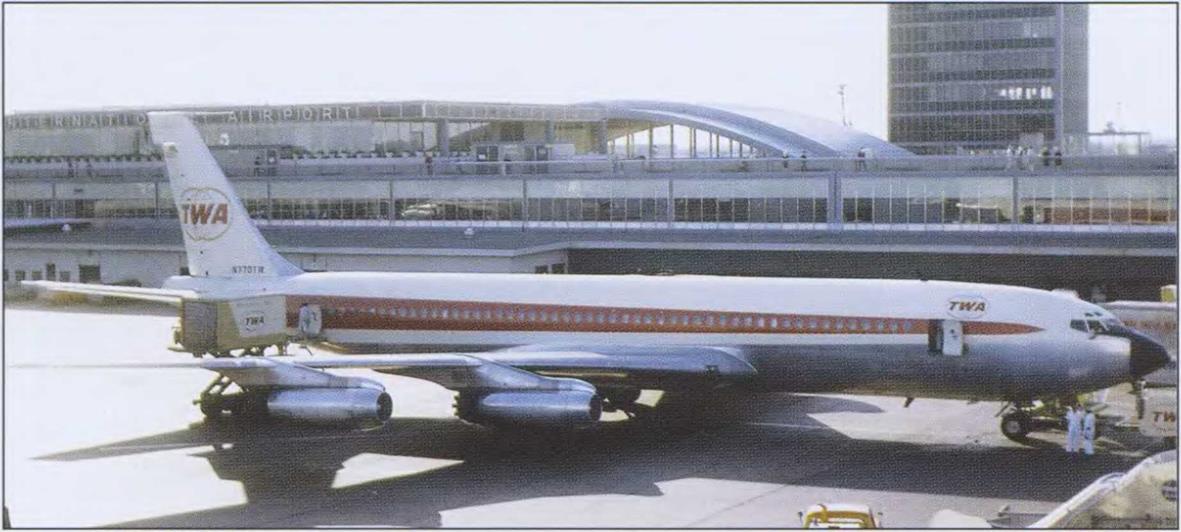 Unlike Pan American, TWA held off overseas jet service until its intercontinental 707-300s arrived, eliminating the need for fuel stops on flights to Europe. An example is seen at New York-ldlewild’s International Arrivals Building (IAB), wearing the twin- globe logo scheme adopted two years after entering service. (Jon Proctor)
Unlike Pan American, TWA held off overseas jet service until its intercontinental 707-300s arrived, eliminating the need for fuel stops on flights to Europe. An example is seen at New York-ldlewild’s International Arrivals Building (IAB), wearing the twin- globe logo scheme adopted two years after entering service. (Jon Proctor)
stockholder Howard Hughes struggled to finance the balance of a 15-airplane order. Continental Airlines introduced its Golden Jet 707-120 flights on June 8, 1959, between Los Angeles and Chicago. Western Air Lines, with two 707-120s originally ordered by Cubana and leased from Boeing, began service June 1, 1960, on West Coast routes between Los Angeles, San Francisco, Portland, and Seattle. The pair was acquired as an interim measure while awaiting delivery of Boeing 720s.
Braniff Airways ordered basic 707-120 airframes with larger, JT4A-3 engines that brought about the 707-
220 variant and provided improved takeoff performance at the airline’s high-altitude destinations, and gave it a speed advantage. Braniff advertisements boasted the “fastest flights” when beginning jet service on December 19, 1959, in the Dallas-to-New York market against archrival American Airlines.
The first non-U. S. carrier to order and operate Boeing jets was Australia’s Qantas, which opted for the basic 707-120 with a shortened fuselage to extend its range for longer segments across the Pacific. The unique “short-body” 707-138 was not added to the 707-120
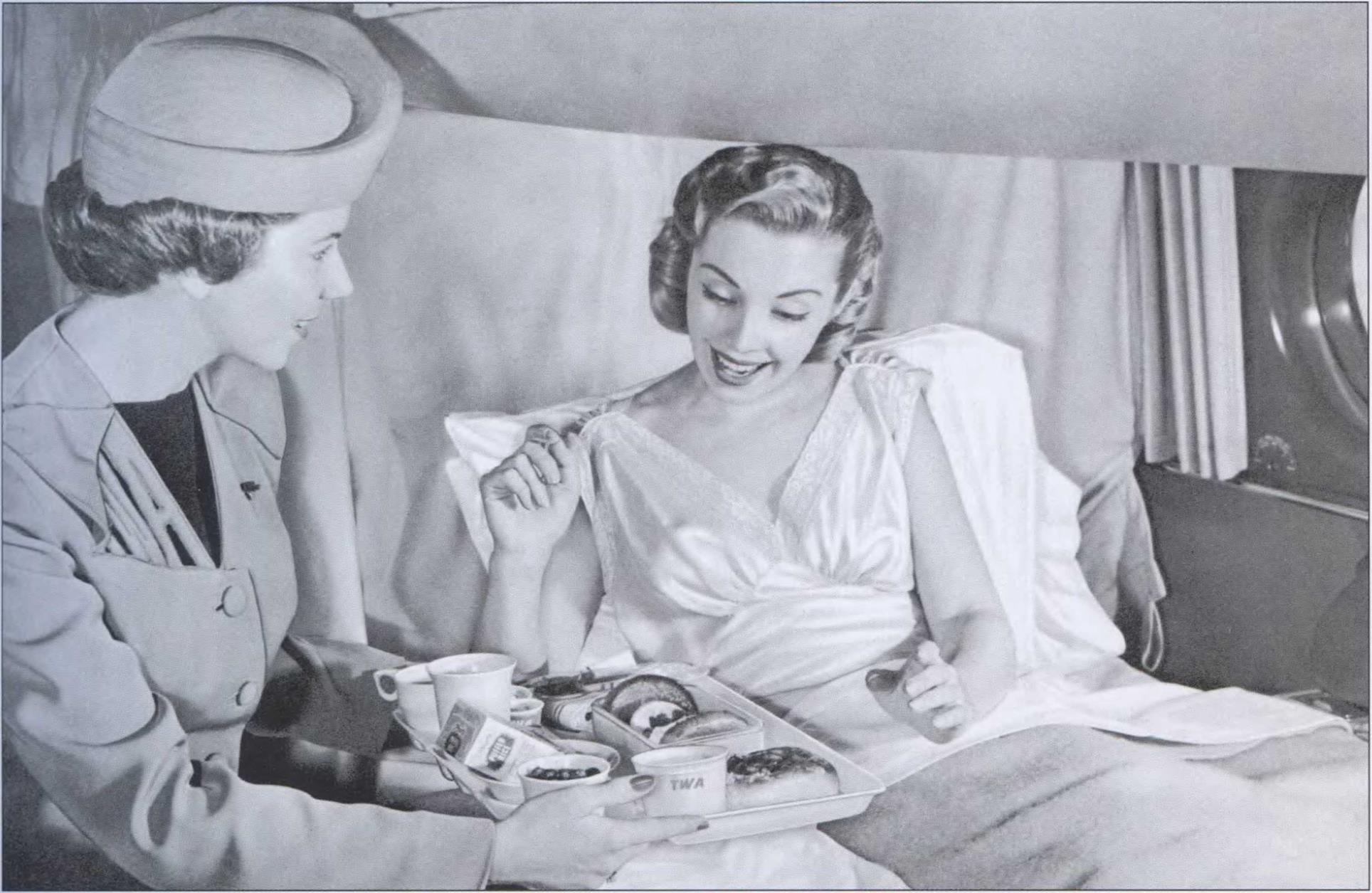

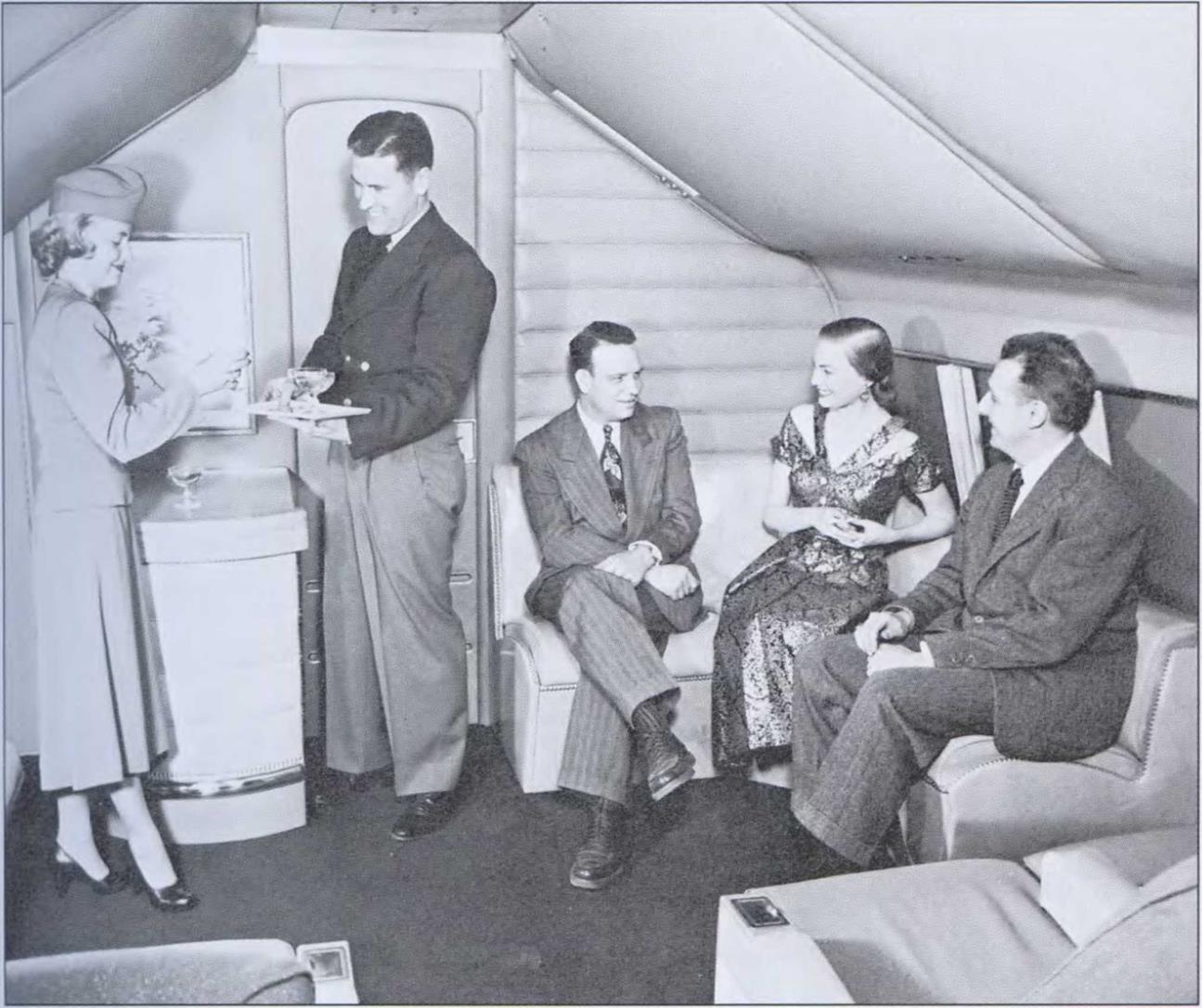 A cocktail lounge located at the front of the 749A Constellation passenger cabin provided a casual atmosphere for passengers awaiting dinner, or makeup of their sleeping berths, on TWA’s nonstop Ambassador Service from New York to London.
A cocktail lounge located at the front of the 749A Constellation passenger cabin provided a casual atmosphere for passengers awaiting dinner, or makeup of their sleeping berths, on TWA’s nonstop Ambassador Service from New York to London.










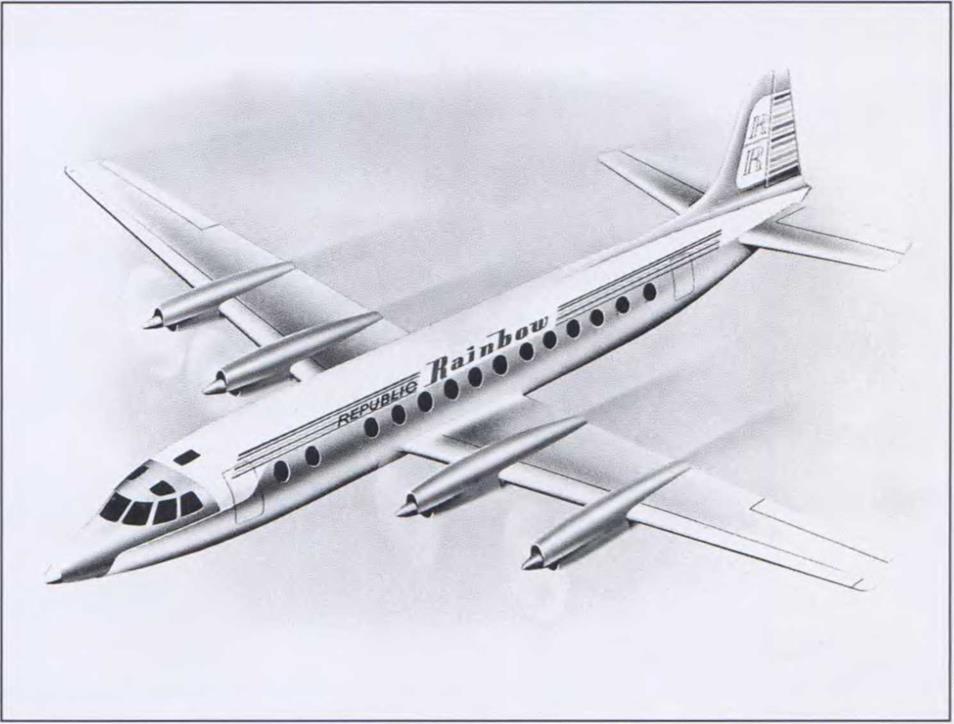

 This extra power was used to lift an additional 1,100 gallons of fuel, which boosted the range of the Electra beyond its originally planned 2,500 miles, all the way to 3,460. The В designation was an unofficial tag used internally by Lockheed to denote the Electra with navigator stations and extra lavatories destined for use by the international airlines.
This extra power was used to lift an additional 1,100 gallons of fuel, which boosted the range of the Electra beyond its originally planned 2,500 miles, all the way to 3,460. The В designation was an unofficial tag used internally by Lockheed to denote the Electra with navigator stations and extra lavatories destined for use by the international airlines.
 Unlike Pan American, TWA held off overseas jet service until its intercontinental 707-300s arrived, eliminating the need for fuel stops on flights to Europe. An example is seen at New York-ldlewild’s International Arrivals Building (IAB), wearing the twin- globe logo scheme adopted two years after entering service. (Jon Proctor)
Unlike Pan American, TWA held off overseas jet service until its intercontinental 707-300s arrived, eliminating the need for fuel stops on flights to Europe. An example is seen at New York-ldlewild’s International Arrivals Building (IAB), wearing the twin- globe logo scheme adopted two years after entering service. (Jon Proctor)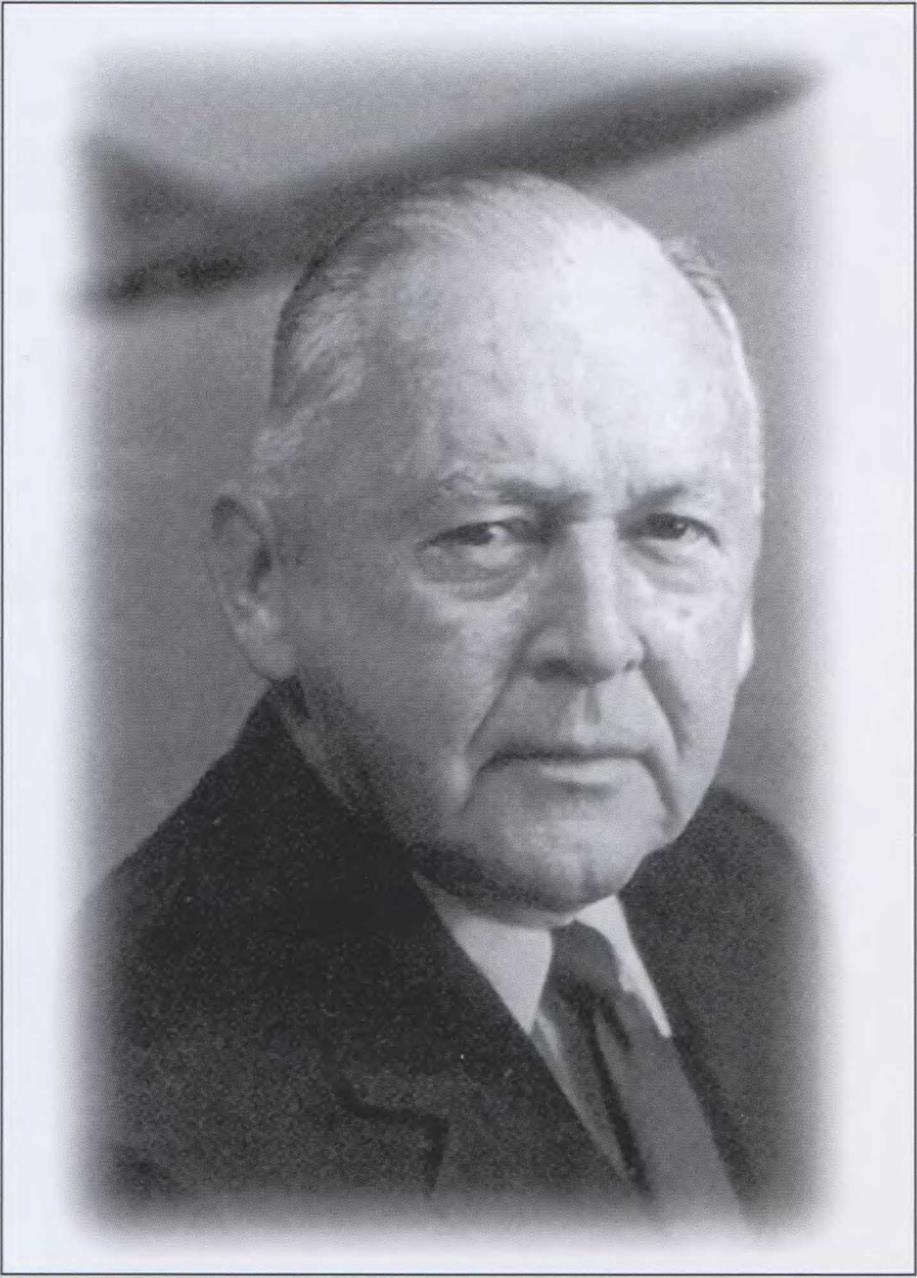
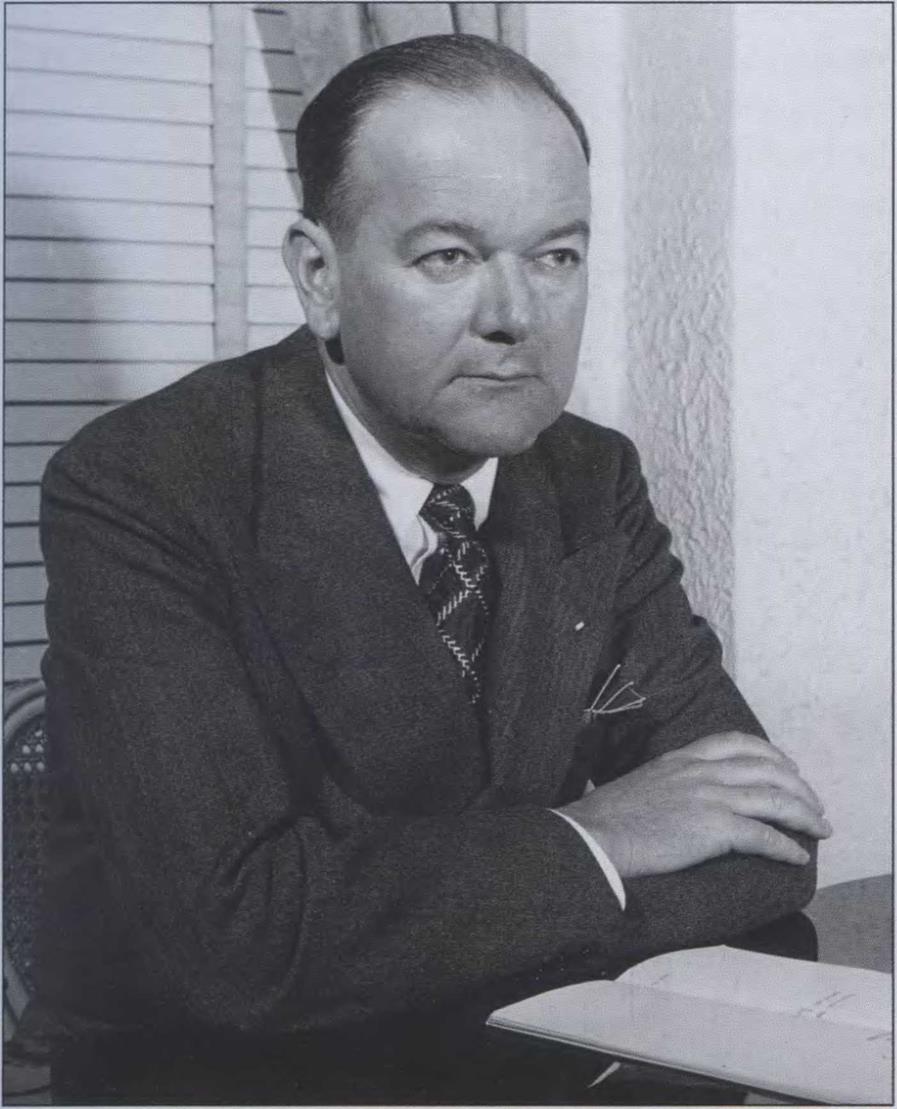
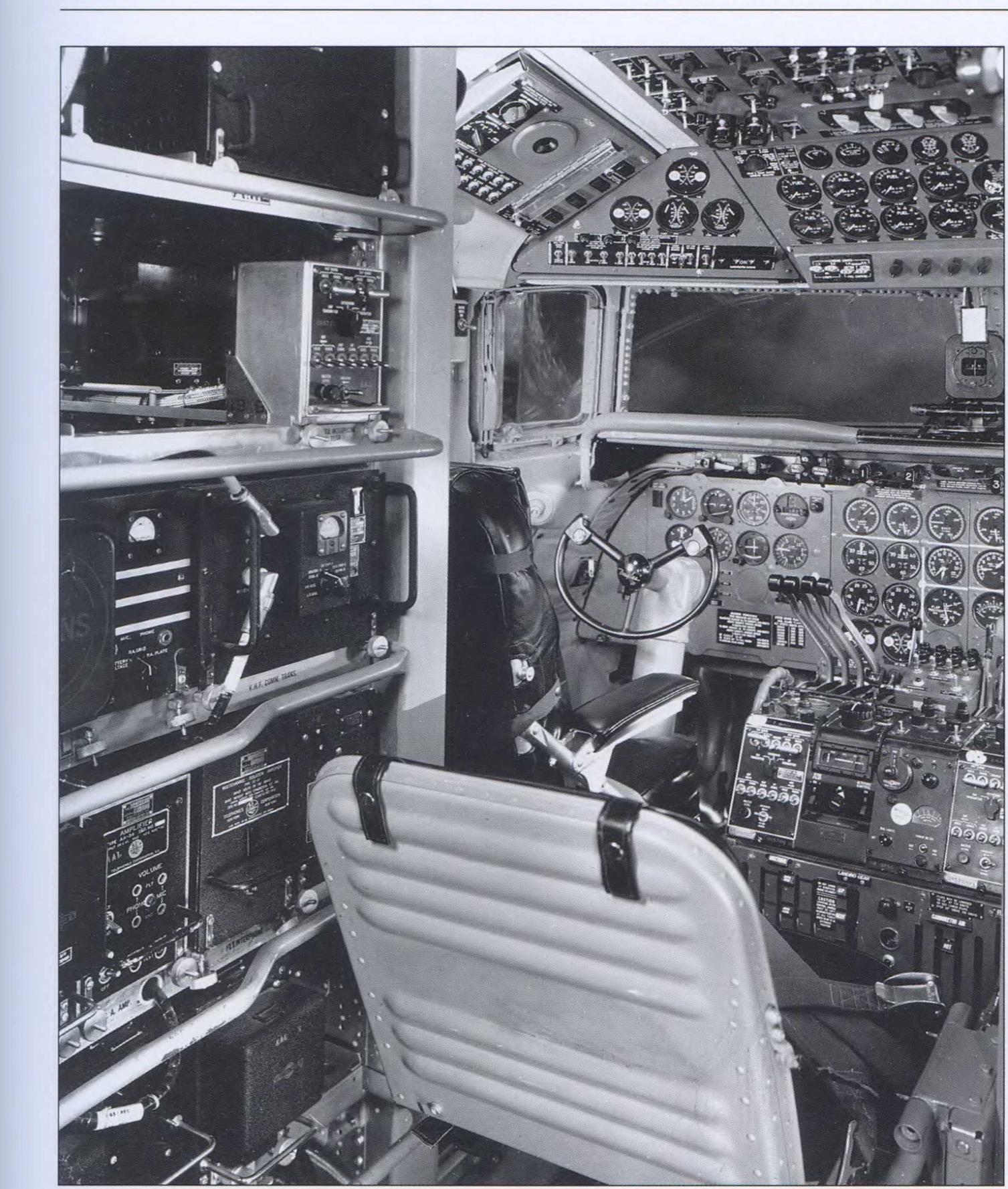 Cockpit of the DC-7 shows a well-laid-out instrument panel and control pedestal with the throttles, radio consoles, and trim wheel readily at hand. Flight Engineer’s seat is facing forward in this photo giving him access to the control pedestal and the overhead panel controlling the aircraft’s many onboard systems. Radio rack at left provided easy access for avionics maintenance personnel who may have had to change an entire radio unit or repair one of the many vacuum tubes contained therein. (Mike Machat Collection)
Cockpit of the DC-7 shows a well-laid-out instrument panel and control pedestal with the throttles, radio consoles, and trim wheel readily at hand. Flight Engineer’s seat is facing forward in this photo giving him access to the control pedestal and the overhead panel controlling the aircraft’s many onboard systems. Radio rack at left provided easy access for avionics maintenance personnel who may have had to change an entire radio unit or repair one of the many vacuum tubes contained therein. (Mike Machat Collection)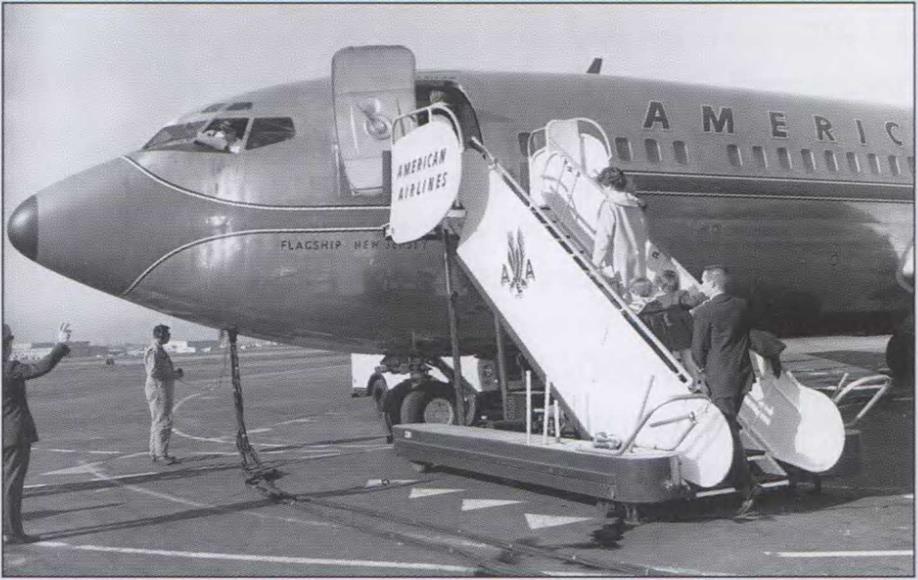
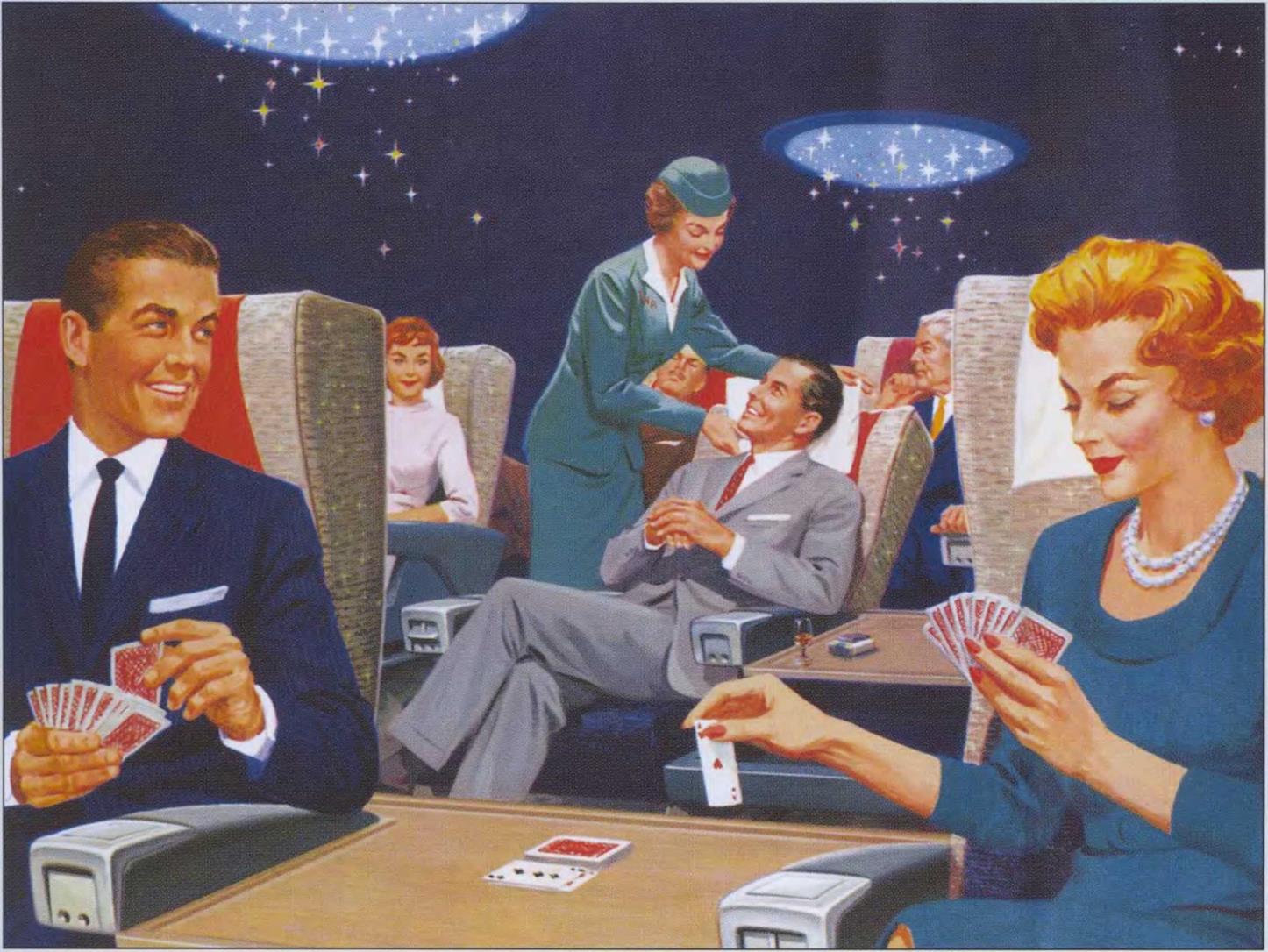 This work by famed artist Ren Wicks depicts the dome lighting of TWA’s 707s, designed to look like portholes in the aircraft ceiling. At night, pinholes of light against a dark background gave the impression of a night sky filled with a galaxy of stars. (TWA/Jon Proctor Collection)
This work by famed artist Ren Wicks depicts the dome lighting of TWA’s 707s, designed to look like portholes in the aircraft ceiling. At night, pinholes of light against a dark background gave the impression of a night sky filled with a galaxy of stars. (TWA/Jon Proctor Collection)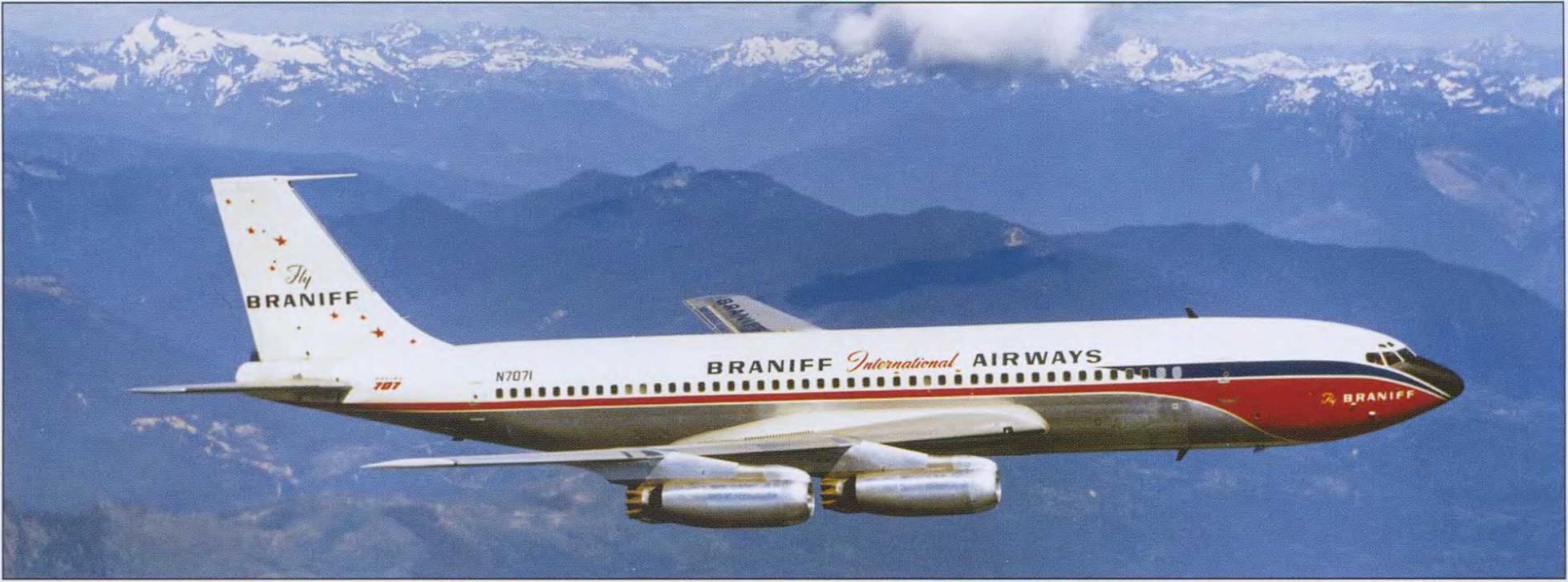
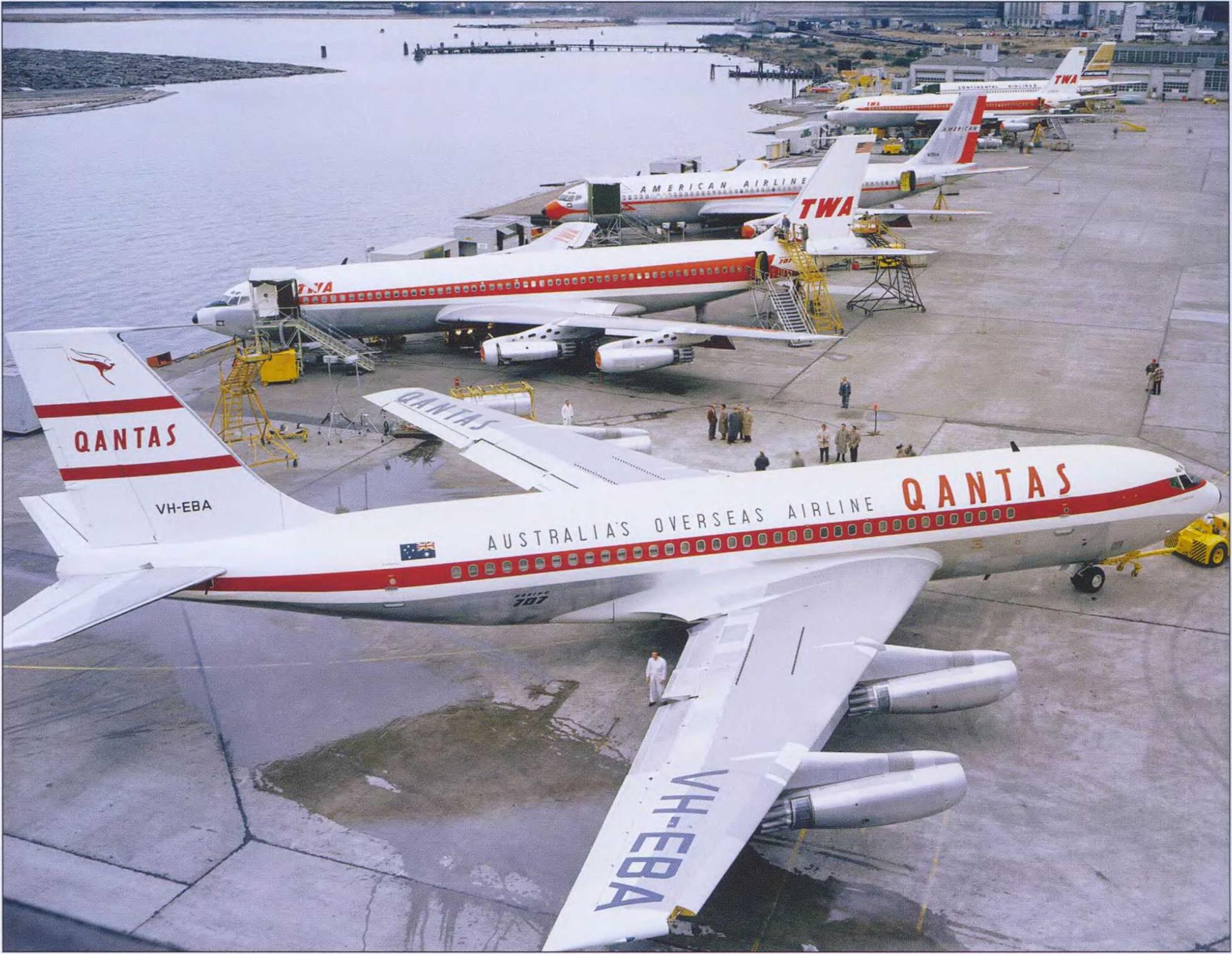

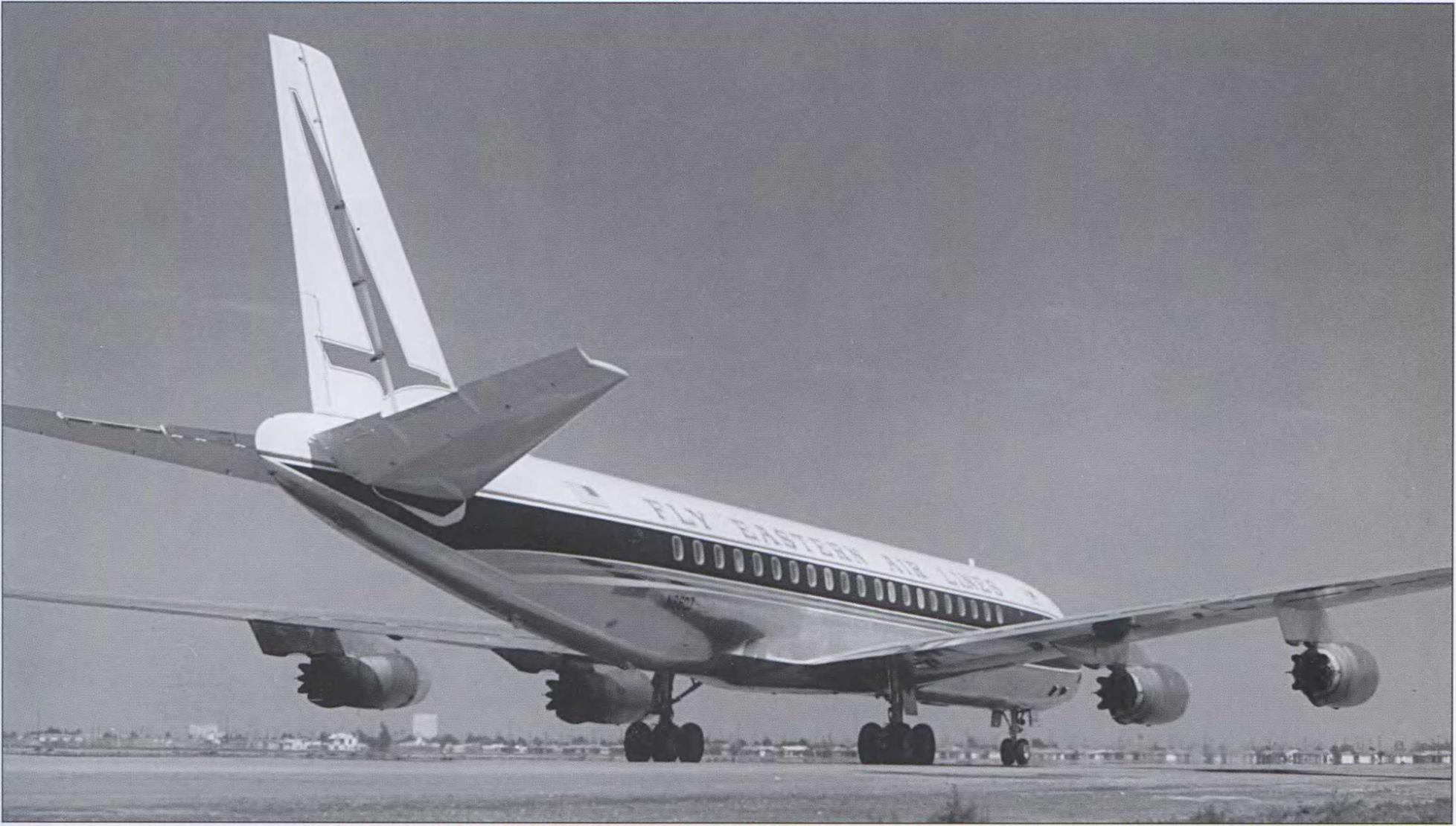
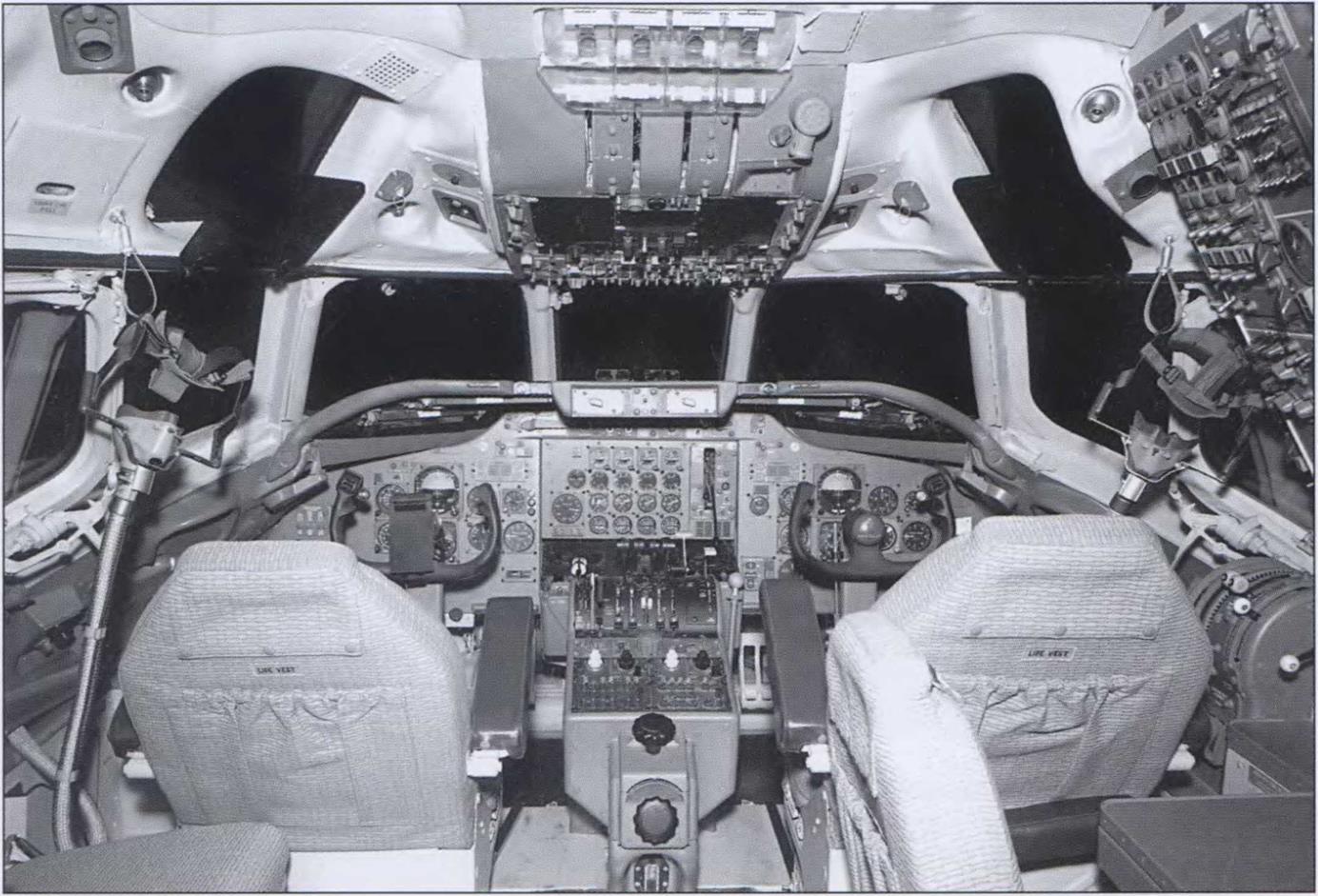 The DC-8’s cockpit was much roomier and offered much greater outward visibility than that of its piston-powered predecessors. Flight Engineer’s station is visible to the right with an observer’s jump seat at extreme left. Note move – able sunshades mounted on a circular track to ensure placement anywhere they were needed, a unique Douglas feature. Emergency quick – donning oxygen masks seen hanging next to each seat were a new addition for the flight crew. (Mike Machat Collection)
The DC-8’s cockpit was much roomier and offered much greater outward visibility than that of its piston-powered predecessors. Flight Engineer’s station is visible to the right with an observer’s jump seat at extreme left. Note move – able sunshades mounted on a circular track to ensure placement anywhere they were needed, a unique Douglas feature. Emergency quick – donning oxygen masks seen hanging next to each seat were a new addition for the flight crew. (Mike Machat Collection)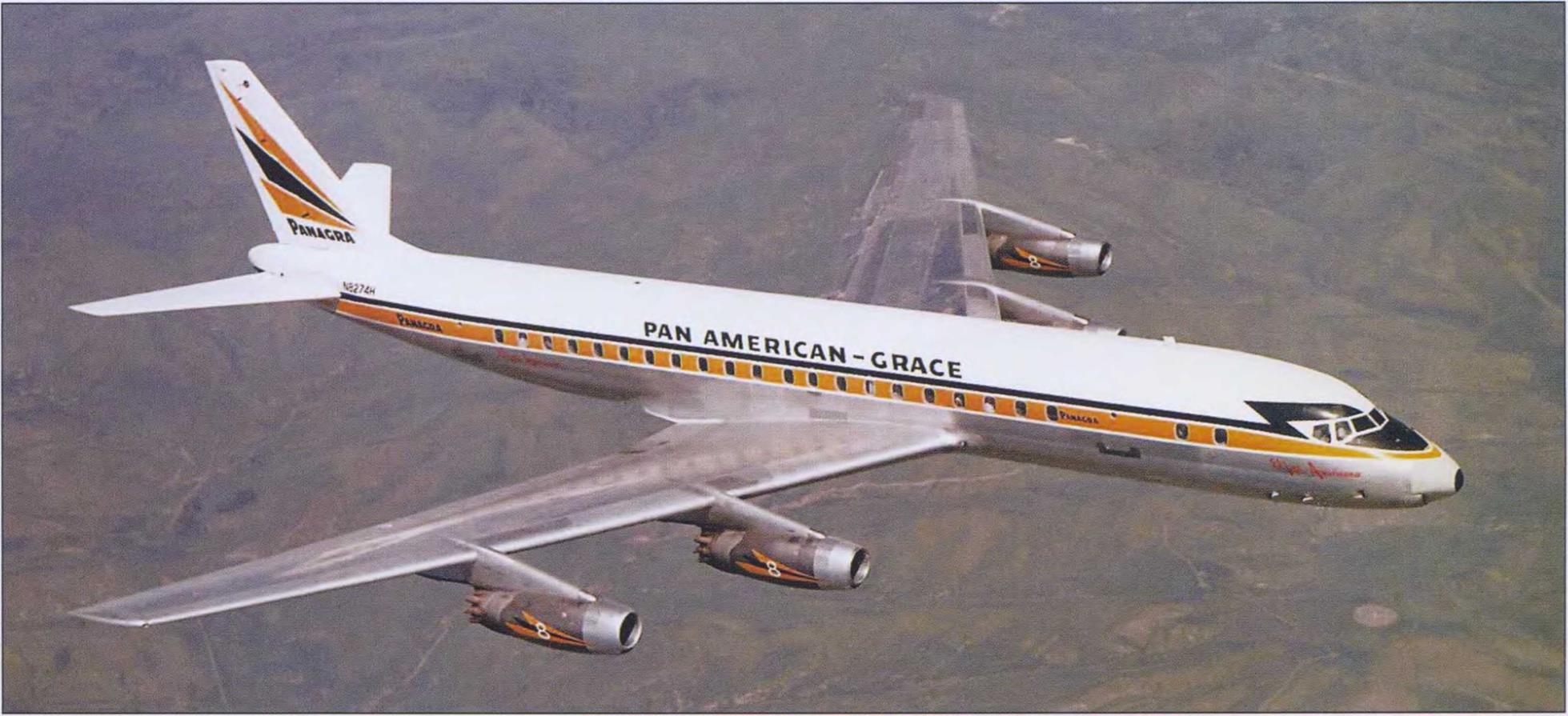
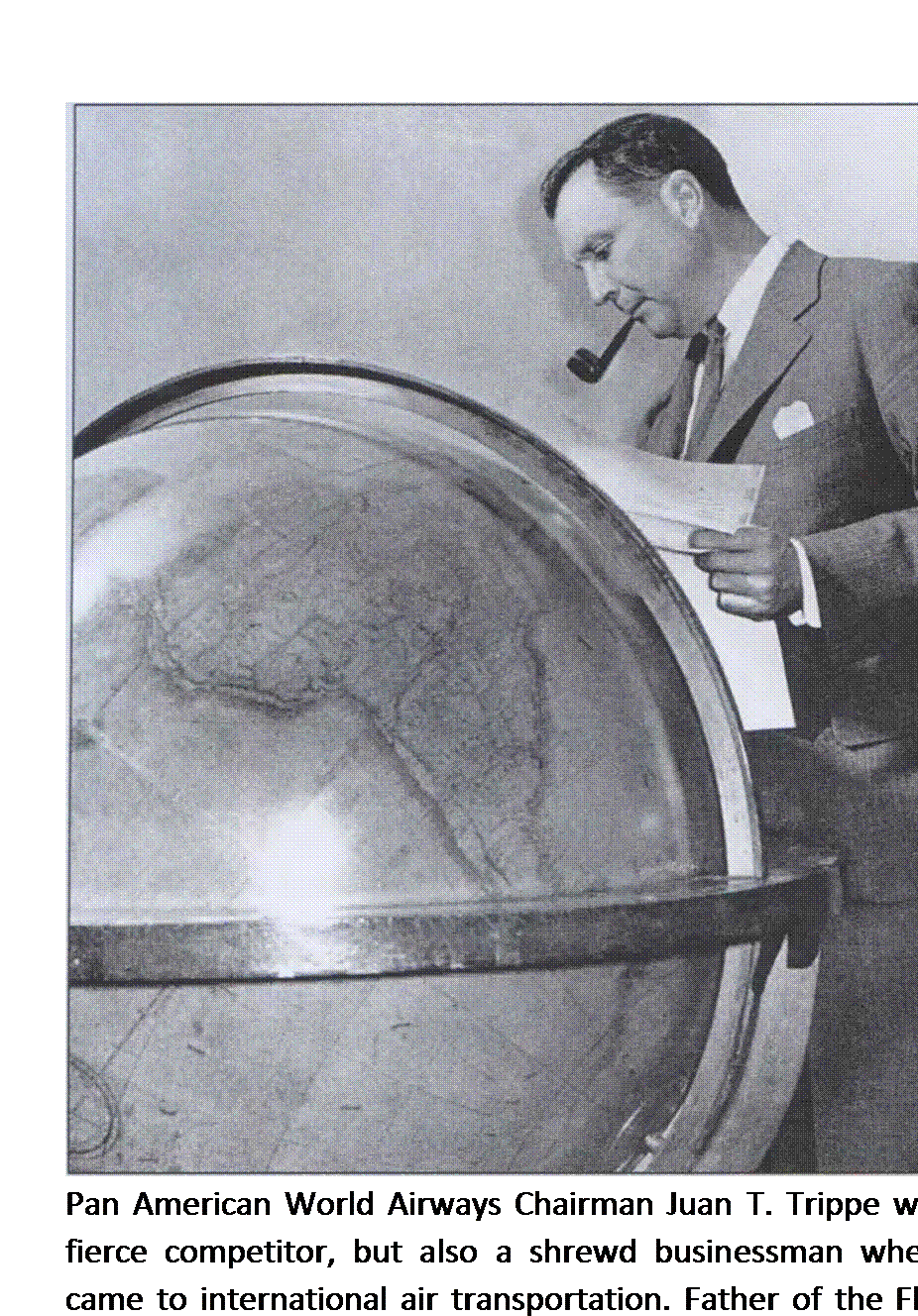
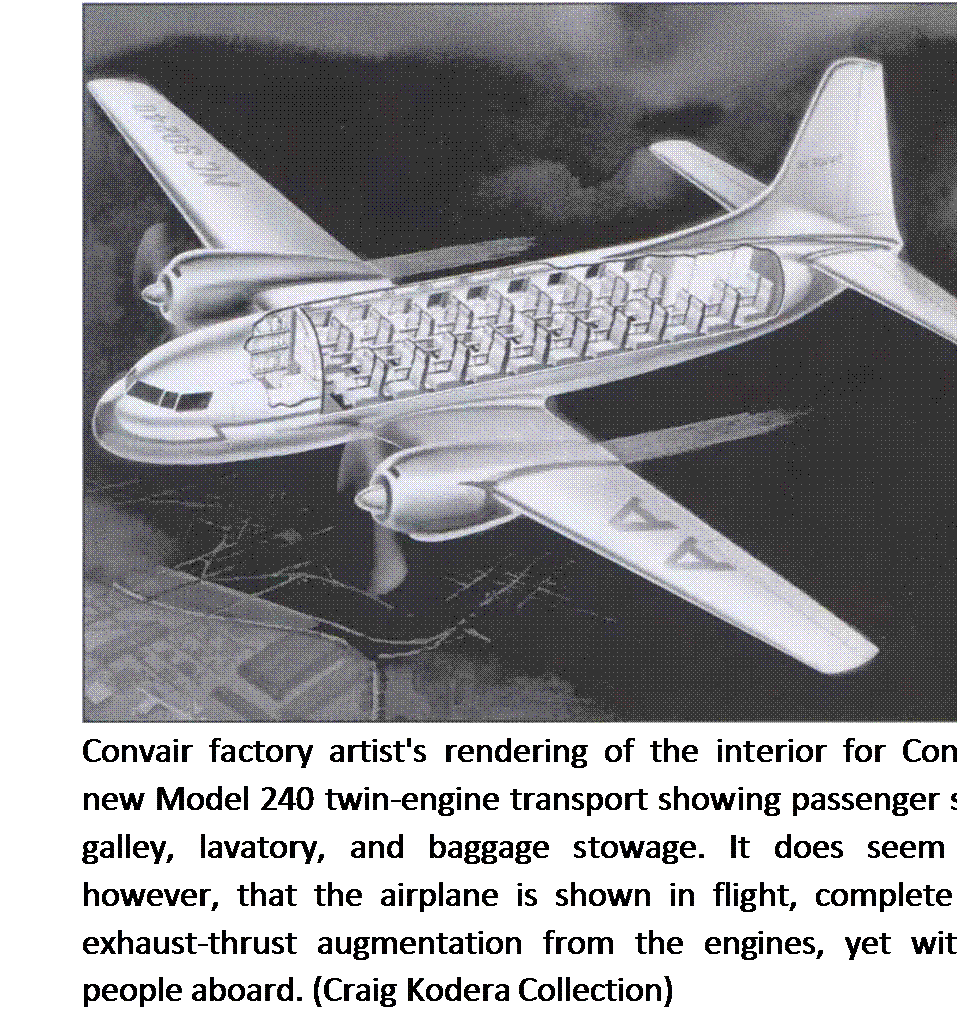
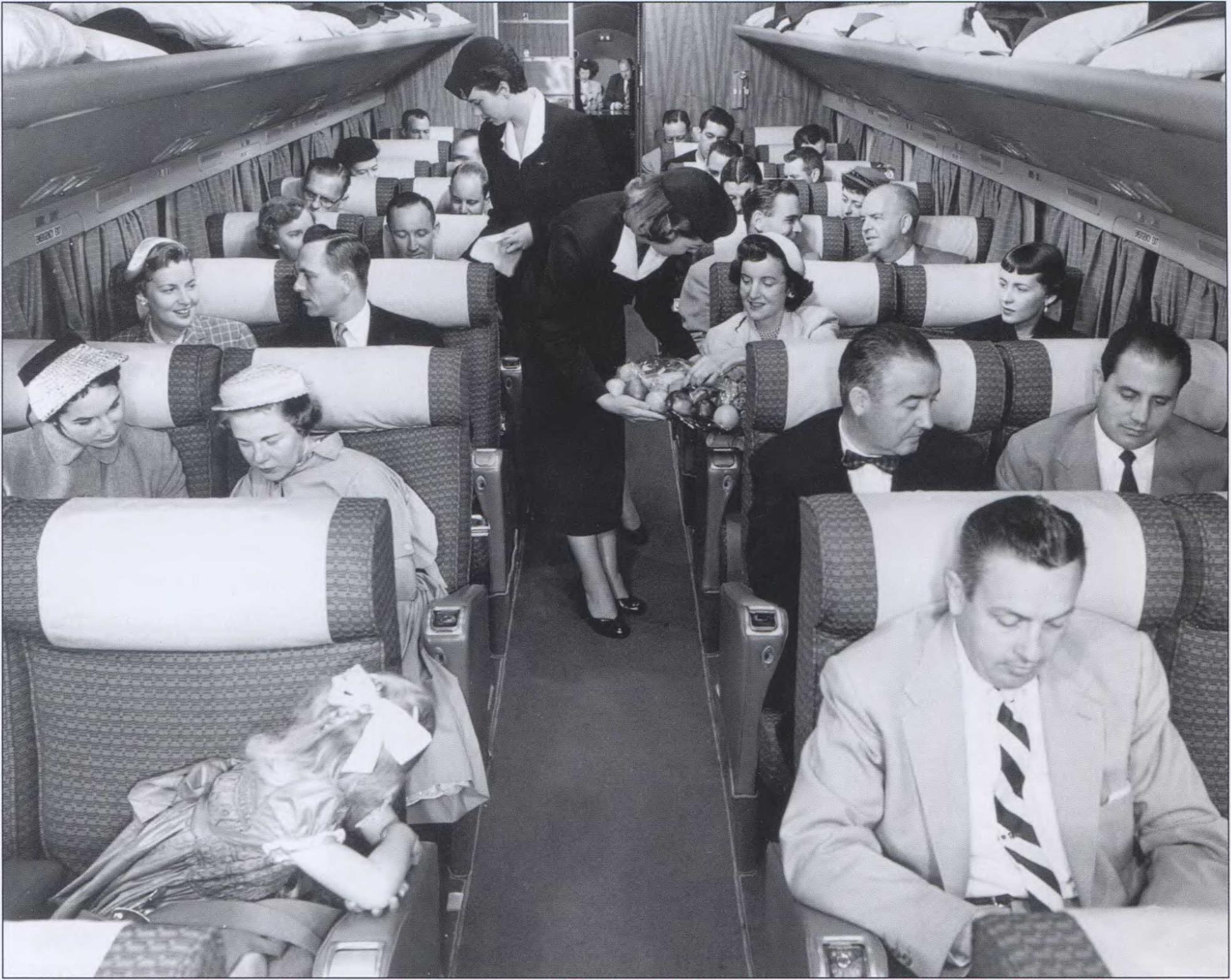
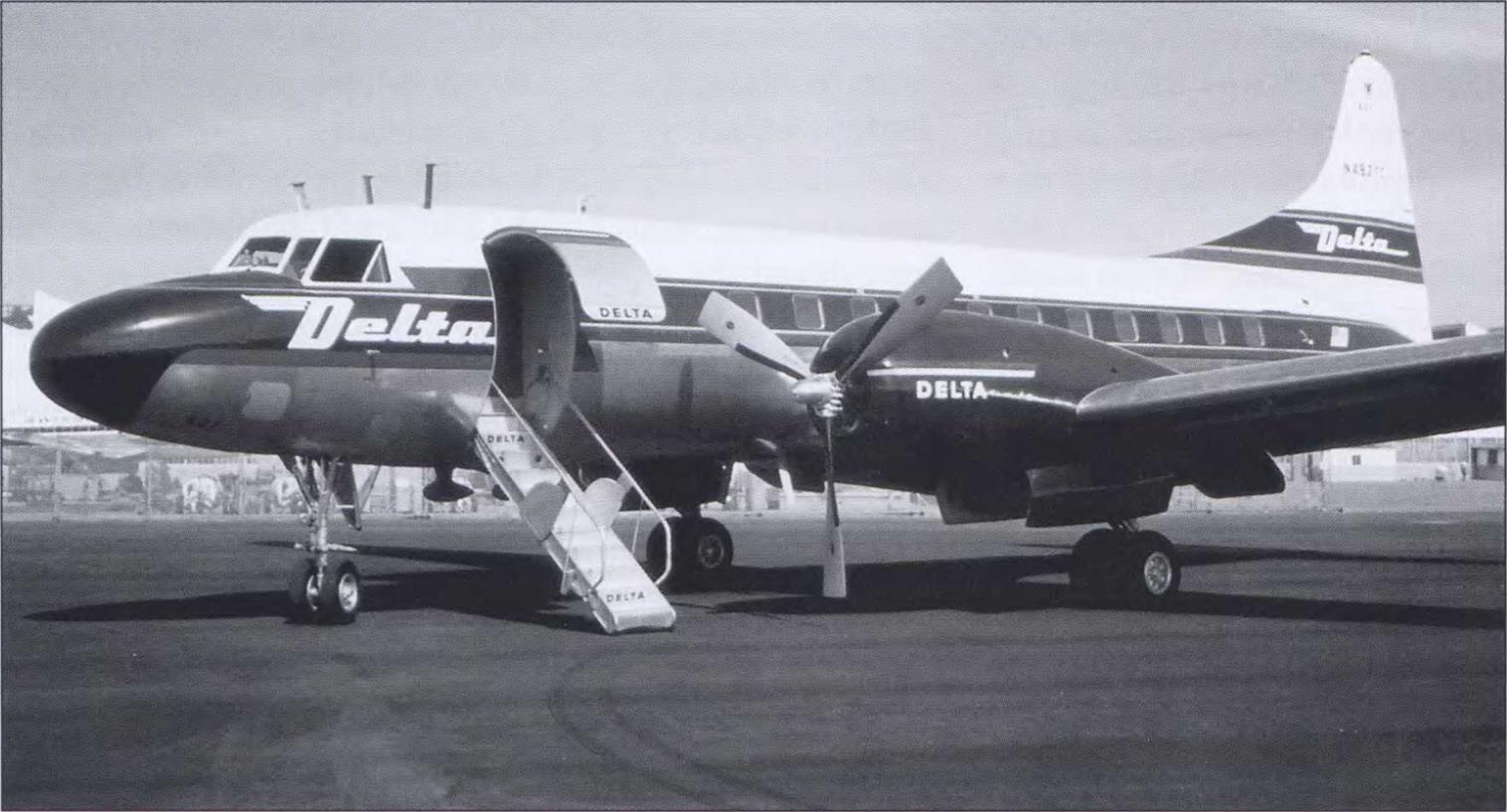 The last and most successful Convair-Liner variant, its Model 440 Metropolitan reached civil and military sales of 199 airplanes. In addition 100 Model 340s were upgraded to 440 standards. A brand-new Metropolitan appears adjacent to the Convair plant at San Diego, apparently ready for a flight to Atlanta. (Convair/Jon Proctor Collection)
The last and most successful Convair-Liner variant, its Model 440 Metropolitan reached civil and military sales of 199 airplanes. In addition 100 Model 340s were upgraded to 440 standards. A brand-new Metropolitan appears adjacent to the Convair plant at San Diego, apparently ready for a flight to Atlanta. (Convair/Jon Proctor Collection)
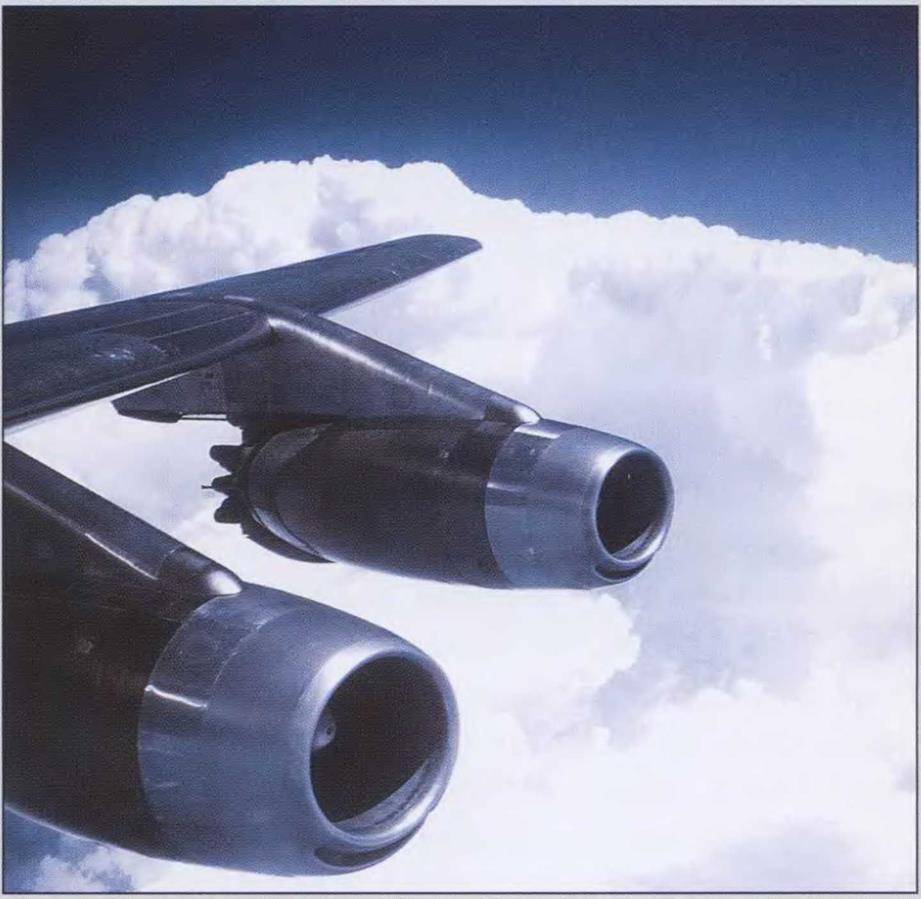
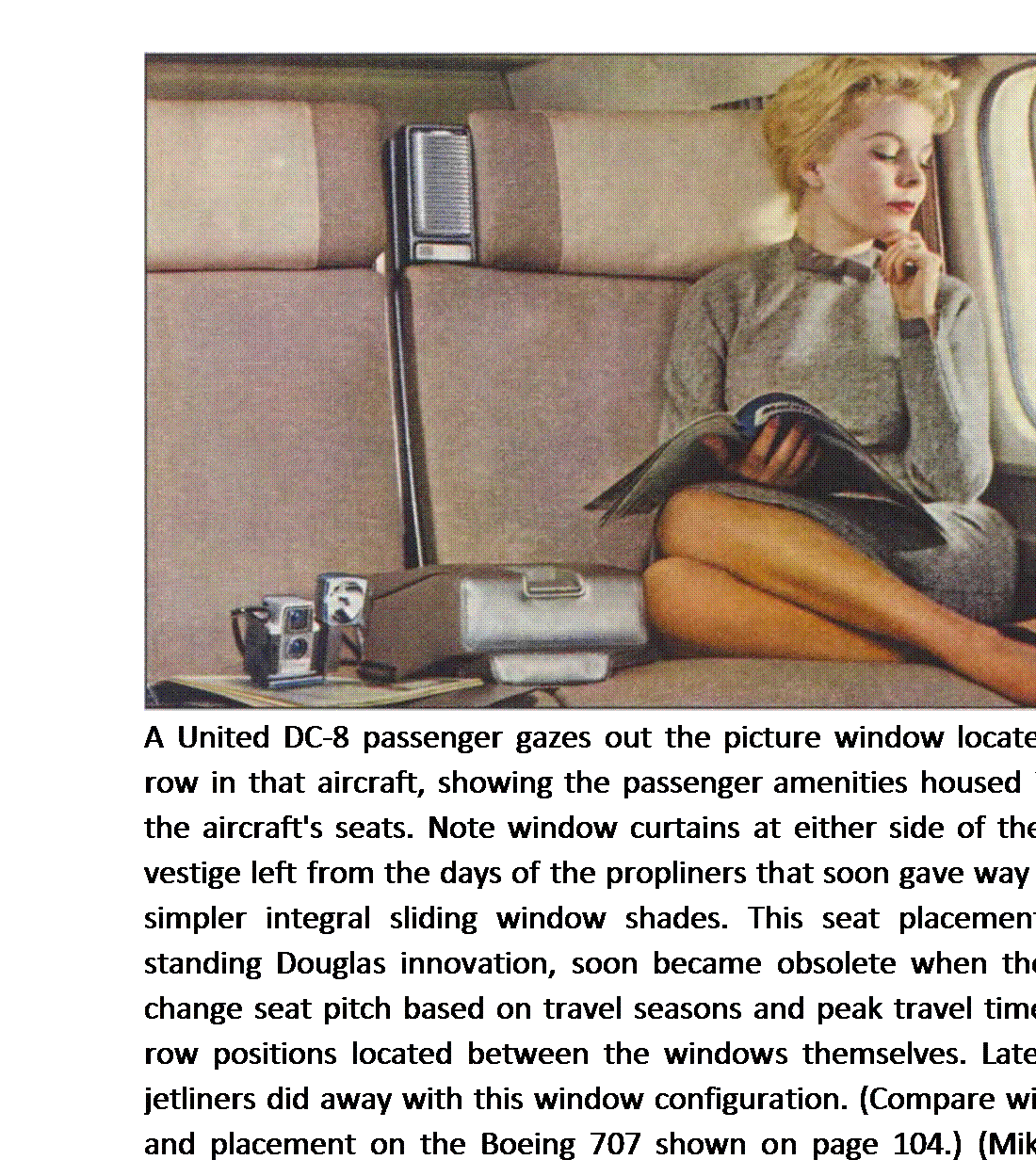 Once underway, the airplane has the feeling of being rock-solid. The movement is hardly noticeable. Then the sound of the JT3 engines comes alive as they begin spooling-up for takeoff, the soft turbine whine settling into a low rumble. We’re off and on our way on Douglas-firm wings. You never have to worry about the structural integrity of a Douglas airliner.
Once underway, the airplane has the feeling of being rock-solid. The movement is hardly noticeable. Then the sound of the JT3 engines comes alive as they begin spooling-up for takeoff, the soft turbine whine settling into a low rumble. We’re off and on our way on Douglas-firm wings. You never have to worry about the structural integrity of a Douglas airliner.